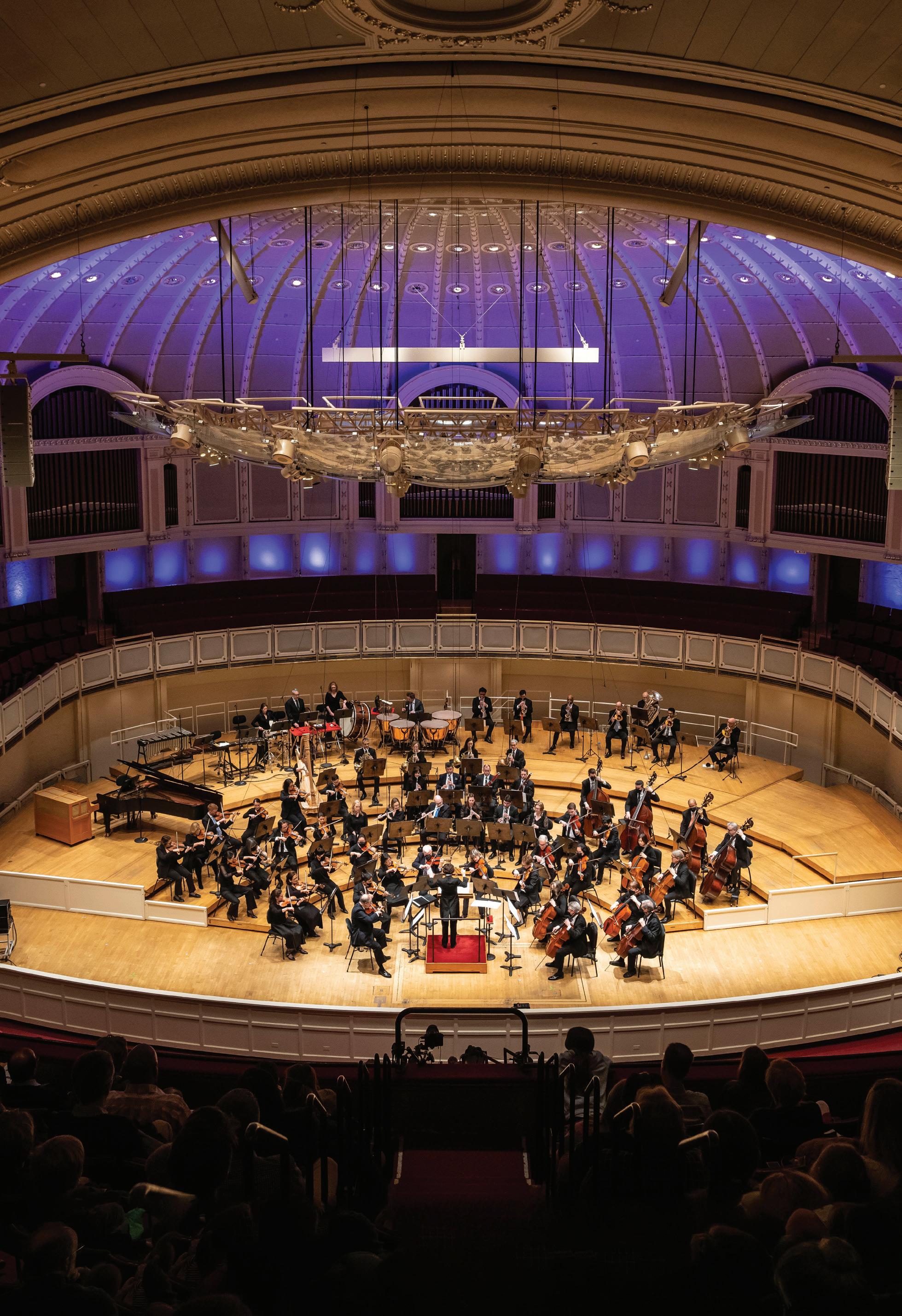
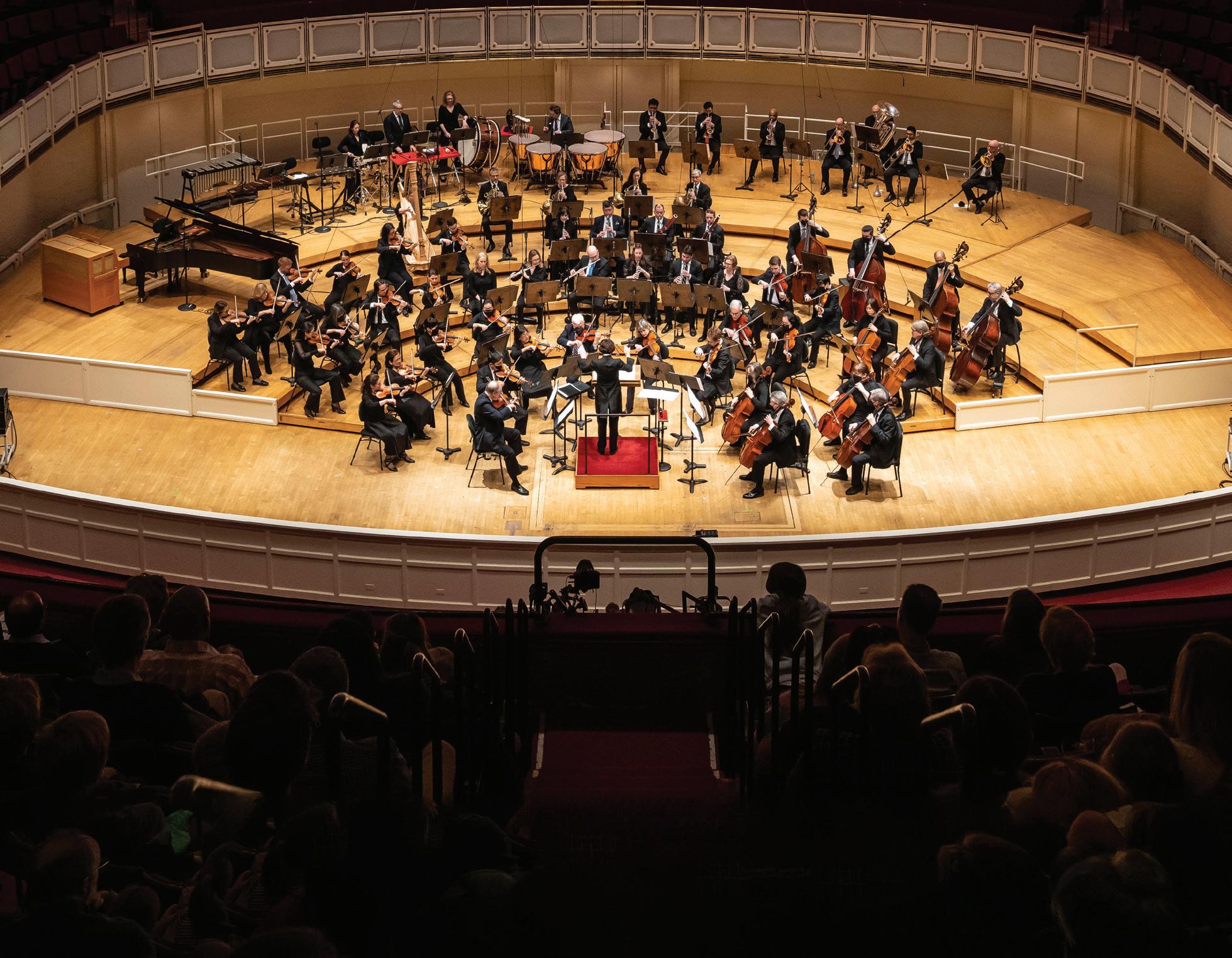
CHICAGO SYMPHONY ORCHESTRA CSO for Kids: School Concerts November 3, 2023 | 10:15 & 12:00 CSO for Kids: Family Matinees November 4, 2023 | 11:00 & 12:45 kidsbook Global Perspectives
Around the world, musicians come together to play string, woodwind, brass and percussion instruments. Together they form an orchestra.
With the members of the Chicago Symphony Orchestra, we’ll set out on a musical journey to discover orchestral music from Europe, Asia, Africa and the Americas.
Our journey starts in Europe because that’s where the symphony orchestra was invented almost 300 years ago.
At age 30, Ludwig van Beethoven composed Symphony No. 1 to honor Joseph Haydn, who was known as “The Father of the Symphony,” and Wolfgang Amadeus Mozart. As you listen, notice how the music begins quietly in the violins and then turns playful as the whole orchestra joins in.
Global Perspectives
PERFORMERS
Members of the Chicago Symphony Orchestra
François López-Ferrer conductor
Kasey Foster guest artist
PROGRAM INCLUDES SELECTIONS FROM
BEETHOVEN Symphony No. 1
GRIEG Suite No. 1 from Peer Gynt
BOULANGER D’un matin de printemps
TAKEMITSU Three Film Scores
GRAINGER Shepherd’s Hey
OKPEBHOLO Kutimbua Kivumbi (Stomp the Dust!)
COPLAND Hoe-Down from Rodeo
GINASTERA Variaciones Concertantes
STRAUSS-DESENNE Tritsch-Tratsch/Triqui-Traqui
EUROPE
2 CSO for Kids: GLOBAL PERSPECTIVES
france
Our next stop in Europe is in Norway, where composer Edvard Grieg lived. Morning Mood is part of Grieg’s Peer Gynt and was written as incidental music for Henrik Ibsen’s play by the same name. As you listen to the music, close your eyes and imagine a sunrise. Notice how the orchestra plays the same five notes over and over in different ways.
EUROPE
Our last stop in Europe is France. Born into a musical family, composer Lili Boulanger wrote D’un matin de printemps (Of a Spring Morning) in 1917 with her sister, Nadia. In 1913, Lili Boulanger became the first woman to win the Prix de Rome, the most prestigious composition prize of its time. As you listen, think about the mood she was in when she wrote this music.
3
Hallo BONJOUR norway germany
GUTENTaG
Now we’re off to Asia and the music of Japanese composer Toru Takemitsu. He taught himself how to compose in a Western style by listening to the music of European composers, but his music still retains certain traditional Japanese elements. This piece is Takemitsu’s version of a German dance, the waltz, for the Japanese film “Face of Another.” What do you feel when listening to this music?
AUSTRALIA AFRICA
ASIA
We’re going to Australia next to hear the music of composer Percy Grainger. When he was a young boy, he was a very famous pianist who liked to play the music of Edvard Grieg. Grainger was inspired by Grieg’s use of Norwegian folk tunes, so he took the English and Australian folk songs he knew and arranged them for orchestra. How do you think you will feel after listening to Shepherd’s Hey?
Grammy-nominated composer Shawn Okpebholo lives right here in Illinois, but his family is originally from Nigeria, in Africa. His Kutimbua Kivumbi (Stomp the Dust!) was inspired by a trip that he took to Kenya, where he studied the music of the Machakos region. The music captures the ceremony of the Akamba people dancing for rain and rising dust as well as an elephant trumpeting. Listen for it!
FUN FACT: Shawn Okpebholo was conductor François López-Ferrer’s first composition teacher at the Cincinnati College-Conservatory of Music.
G'DaY
kenya
japan
melbourne
CSO for Kids: GLOBAL PERSPECTIVES 4
HaBaRi
KoN'NiCHiWa
We now make our way to the United States, where the countryside inspired Aaron Copland to create music that celebrates the American West. When composing Hoe-Down from Rodeo, Copland used an Irish American folk-dance tune called “Bonaparte’s Retreat.” As you listen, imagine the sun is setting on a large open field and up on a hill sits a barn; coming from the barn, you hear people dancing to the music of Copland’s Hoe-Down.
ANOTHER FUN FACT: Copland studied in Paris with Nadia Boulanger, sister of Lili Boulanger. Nadia’s musical diversity inspired Copland to write music in a variety of styles.
Down to South America we go to hear the music of Alberto Ginastera, one of the most important 20th-century classical composers. Born in Buenos Aires, Argentina, Ginastera was a musically talented child who studied at Tanglewood with Aaron Copland. His Variaciones Concertantes mixes in elements of traditional Argentinian folk music. Listen for the brass section and tap your feet to the malambo, a dance performed by Argentina’s gauchos (cowboys).
Paul Desenne, a Venezuelan cellist and composer, used a compositional style that fuses elements from Latin American and European music. In his piece, Tritsch-Tratsch/Triqui-Traqui, Desenne took Johann Strauss’ famous Tritsch-Tratsch Polka and gave it a Caribbean twist. Have fun as you listen to this joyous piece. Did it make you want to move in your seat?
SOUTH AMERICA
Music is both a local and universal language. It smiles, cries, laughs and speaks to who we are as individuals and as people. Sights and sounds from across the globe influence artists to produce works of art that reflect the feelings inspired by these places. It doesn’t matter where music started or where it finishes; we are all music, and music is us.
5
Hola
NORTH AMERICA united states
argentina aDioS! Hi
venezuela
Meet the Conductor
Francois Lopez-Ferrer
Spanish-American conductor
François López-Ferrer currently serves as resident conductor of the Académie of the Opéra de Paris. He stepped in for Louis Langrée with the Cincinnati Symphony Orchestra in January 2022 for the U.S. premiere of Mark Simpson’s Violin Concerto with Nicola Benedetti to great critical acclaim. He holds a master’s degree in orchestral conducting from the Haute École de Musique de Lausanne and a bachelor’s in composition from the University of Cincinnati College-Conservatory of Music.

He grew up in Cincinnati while his father, Jesús López Cobos, was music director of the Cincinnati Symphony Orchestra.
Meet the guest artist
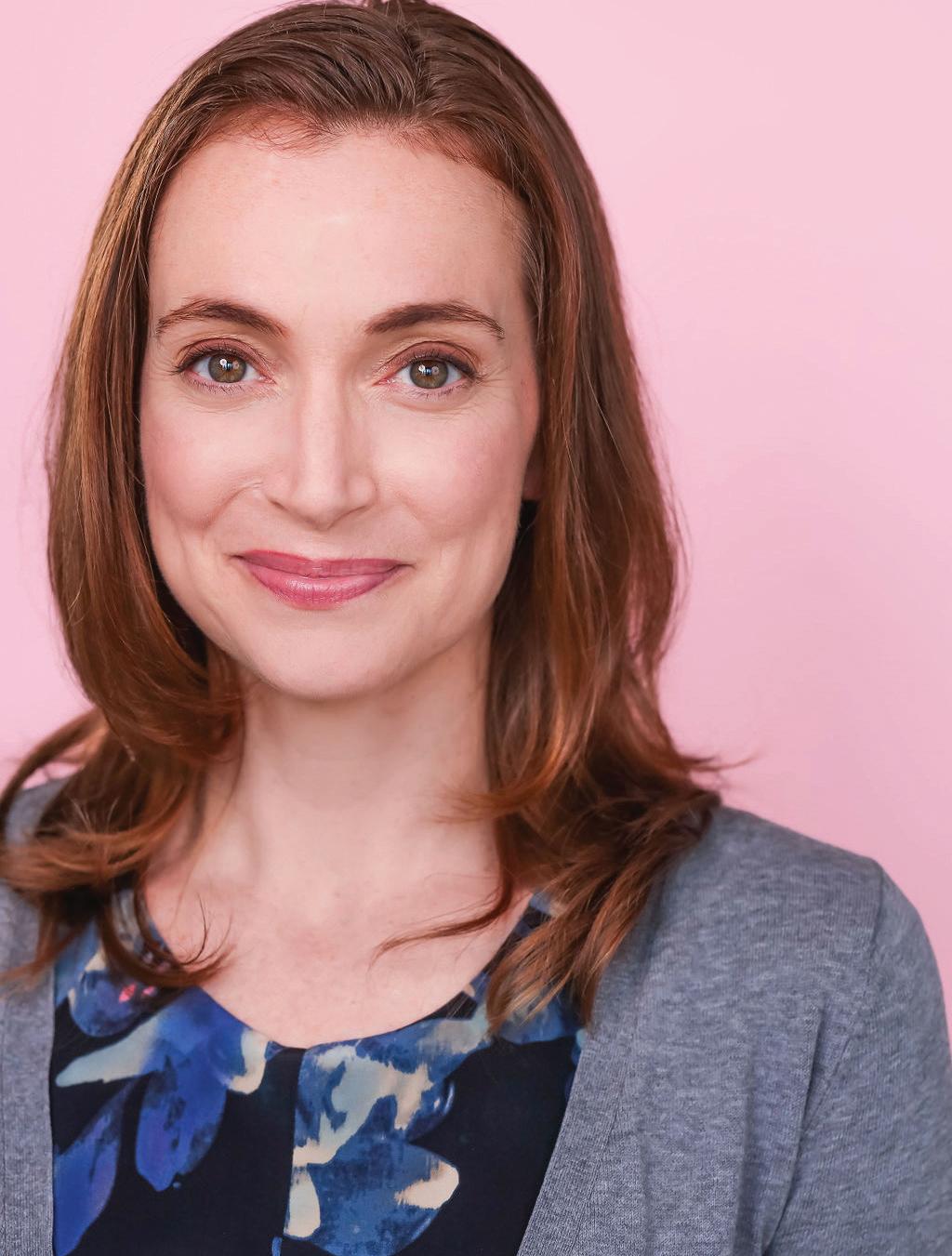
Kasey Foster
Kasey Foster is a performer, producer, director, choreographer and puppeteer. She is an ensemble member and artistic lead at Lookingglass Theatre and the events manager for Actors Gymnasium. She sings with Babelon 5, Grood, Nasty Buoy, Old Timey and This Must Be the Band, appearing in venues throughout the city and the United States. She has created and directed more than 50 original works in Chicago and most recently appeared in Mesmerized at Chicago Children’s Theatre.
6 CSO for Kids: GLOBAL PERSPECTIVES
violins
Robert Chen Concertmaster
The Louis C. Sudler Chair, endowed
by an anonymous benefactor
Stephanie Jeong Associate Concertmaster
The Cathy and Bill Osborn Chair
David Taylor Assistant Concertmaster*
The Ling Z. and Michael C. Markovitz Chair
Yuan-Qing Yu Assistant Concertmaster‡
So Young Bae
Cornelius Chiu
Gina DiBello
Kozue Funakoshi
Russell Hershow
Qing Hou
Matous Michal
Simon Michal
Blair Milton
Sando Shia
Susan Synnestvedt
Rong-Yan Tang
Baird Dodge Principal
Danny Yehun Jin Assistant Principal
Lei Hou
Ni Mei
Hermine Gagné
Rachel Goldstein
Mihaela Ionescu
Sylvia Kim Kilcullen
Melanie Kupchynsky
Wendy Koons Meir
Joyce Noh
Nancy Park
Ronald Satkiewicz
Florence Schwartz
violas
Catherine Brubaker
Youming Chen
Sunghee Choi
Wei-Ting Kuo
Danny Lai
Weijing Michal
Diane Mues
Lawrence Neuman
Max Raimi
cellos
John Sharp Principal
The Eloise W. Martin Chair
Kenneth Olsen Assistant Principal
The Adele Gidwitz Chair
Karen Basrak
The Joseph A. and Cecile
Renaud Gorno Chair
Loren Brown
Richard Hirschl
Daniel Katz
Katinka Kleijn
David Sanders
Brant Taylor
basses
Alexander Hanna Principal
The David and Mary Winton
Green Principal Bass Chair
Daniel Carson
Ian Hallas
Alexander Horton
Robert Kassinger
Mark Kraemer
Stephen Lester
Bradley Opland
Andrew Sommer
harp
Lynne Turner
flutes
Stefán Ragnar Höskuldsson Principal
The Erika and Dietrich M.
Gross Principal Flute Chair
Yevgeny Faniuk Assistant Principal
Emma Gerstein
Jennifer Gunn
piccolo
Jennifer Gunn
The Dora and John Aalbregtse
Piccolo Chair
oboes
William Welter Principal
The Nancy and Larry Fuller
Principal Oboe Chair
Lora Schaefer
Scott Hostetler
english horn
Scott Hostetler
clarinets
Stephen Williamson Principal
John Bruce Yeh Assistant Principal
Gregory Smith
e-flat clarinet
John Bruce Yeh
bassoons
Keith Buncke Principal
William Buchman Assistant Principal
Miles Maner
horns
Mark Almond Principal
James Smelser
David Griffin
Oto Carrillo
Susanna Gaunt
Daniel Gingrich
trumpets
Esteban Batallán Principal
The Adolph Herseth Principal Trumpet Chair, endowed by an anonymous benefactor
Mark Ridenour Assistant Principal
John Hagstrom
The Bleck Family Chair
Tage Larsen
The Pritzker Military Museum & Library Chair
trombones
Jay Friedman Principal
The Lisa and Paul Wiggin
Principal Trombone Chair
Michael Mulcahy
Charles Vernon
bass trombone
Charles Vernon
tuba
Gene Pokorny Principal
The Arnold Jacobs Principal Tuba Chair, endowed by Christine Querfeld
timpani
David Herbert Principal
The Clinton Family Fund Chair
Vadim Karpinos Assistant Principal
percussion
Cynthia Yeh Principal
Patricia Dash
Vadim Karpinos
James Ross
librarians
Justin Vibbard Principal
Carole Keller
Mark Swanson
cso fellows
Gabriela Lara Violin
Jesús Linárez Violin
Olivia Reyes Bass
orchestra personnel
John Deverman Director
Anne MacQuarrie Manager, CSO Auditions and Orchestra Personnel
stage technicians
Christopher Lewis Stage Manager
Blair Carlson
Paul Christopher
Ryan Hartge
Peter Landry
Joshua Mondie
Todd Snick
* Assistant concertmasters are listed by seniority. ‡ On sabbatical § On leave
The CSO’s music director position is endowed in perpetuity by a generous gift from the Zell Family Foundation. The Paul Hindemith Principal Viola, Gilchrist Foundation, and Louise H. Benton Wagner chairs currently are unoccupied.
The Chicago Symphony Orchestra string sections utilize revolving seating. Players behind the first desk (first two desks in the violins) change seats systematically every two weeks and are listed alphabetically. Section percussionists also are listed alphabetically.
7
MONTGOMERY Mead Composer-in-Residence • HILARY HAHN Artist-in-Residence
JESSIE
CHICAGO SYMPHONY ORCHESTRA • RICCARDO MUTI music director emeritus for life
INSTRUMENTS OF THE ORCHESTRA
THE STRING FAMILY includes violin, viola, cello, bass and harp. These instruments are made of wood and strings and are played by vibrating the strings using a bow, or plucking or striking the strings with the fingers.
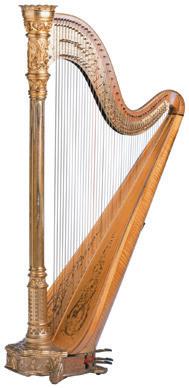
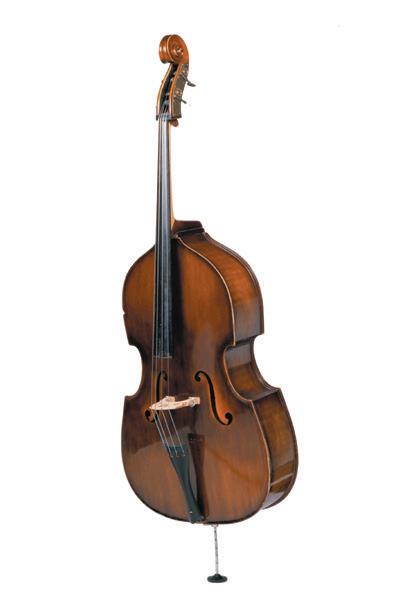
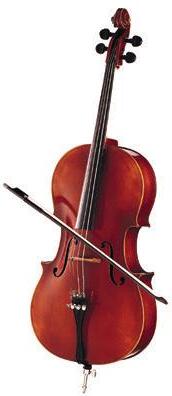
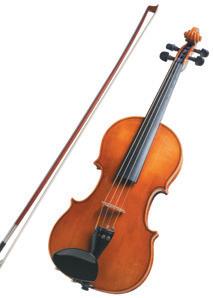
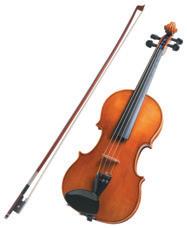
THE WOODWIND FAMILY includes flute, oboe, clarinet, bassoon and saxophone. These instruments all have the same basic shape: a long tube with a mouthpiece at one end. The flute is played by blowing across a mouthpiece to create a vibration. Oboe, clarinet, bassoon and saxophone are all played by blowing air into a single or double reed attached to the mouthpiece, creating a vibration that results in sound.
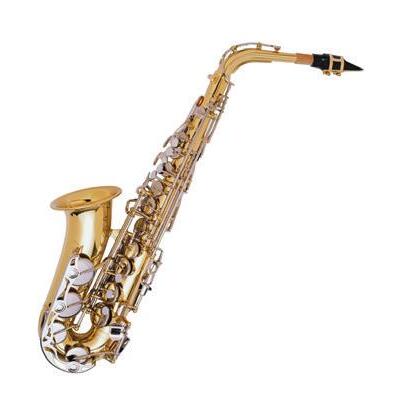




THE BRASS FAMILY includes horn, trumpet, trombone, euphonium and tuba. Brass instruments make a sound when the players vibrate their lips inside a mouthpiece, which is fitted into the instrument. The players can change pitch on a trumpet, horn or tuba by pressing on valves. Trombone players change pitch by moving the slide back and forth.
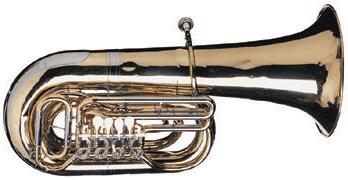
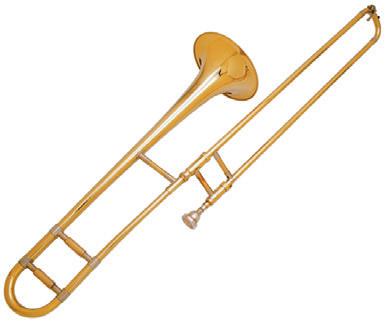


THE PERCUSSION FAMILY includes snare drum, bass drum, gong, triangle, xylophone, timpani and piano, among many others. Percussion instruments are struck, scraped or shaken.
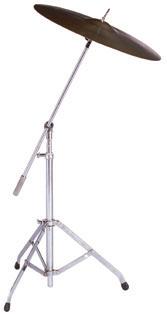

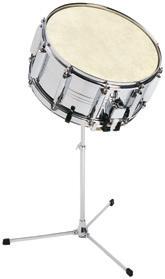

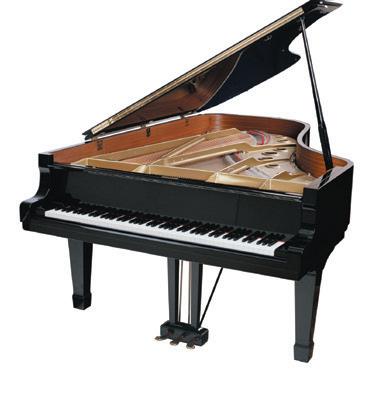
Support for Chicago Symphony Orchestra Association programming for children and families is provided by Abbott Fund, Archer Daniels Midland Company, John D. and Leslie Henner Burns, John Hart and Carol Prins, JPMorgan Chase & Co., Kinder Morgan, PNC, Courtney Shea, Megan and Steve Shebik, Michael and Linda Simon, the Walter and Caroline Sueske Charitable Trust and an anonymous family foundation.
Youth Education Program Sponsor
Kidsbook© is a publication of the Negaunee Music Institute. For more information, call 312-294-3410 or email institute@cso.org.
Content for Kidsbook was created by Katy Clusen with graphic design by Shawn Sheehy.
Violin
Flute
Trombone
Clarinet Oboe
Timpani
Snare Drum
Xylophone
Cymbal
Bassoon
Saxophone
Tuba Horn
Viola Cello
Piano
Bass Harp




















